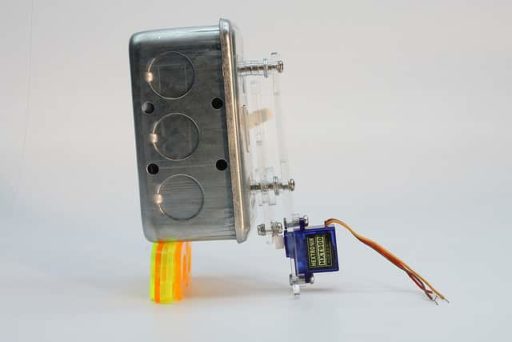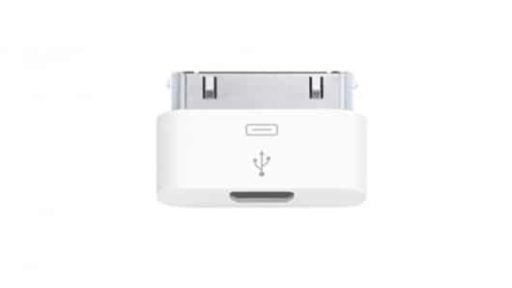The Beta of Windows 7 Service Pack 1 (SP1) and Windows Server 2008 SP1 is now available for download from Microsoft, and undoubtedly, there are questions around the release. Microsoft offers a list of Frequently Asked Questions, but of course, there are additional issues. In this regard, I put together my own FAQ for Windows 7 SP1 Beta, also leveraging details from the Redmond company. Make sure to leave any additional questions you might have in the comments section………
Windows 7 was the most widely beta tested operating system to date. Rather than breaking that trend, Microsoft is following the same route now with the beta versions of the first service pack.
Available today for those feeling adventurous in trying out unfinished software, Windows 7 SP1 is a collection of updates already available through Windows Update and additional hotfixes.
Slightly ahead of schedule, Microsoft has dished out Service Pack numero uno for Windows 7. The hot-selling OS has been a revelation since its release and it’s therefore no surprise that this update pack does nothing remarkably new or important.
It collates all of Microsoft’s patches since launch into a neat little (well, not really, it’s 1.2GB in size) package and throws in a few other hotfixes to boot. Microsoft treats its betas rather unceremoniously, however, so don’t expect any support with this thing until it goes final.
Just one, the most obvious in fact, Windows 7 RTM. At the same time, Windows 7 RTM needs to be the English version of the OS, or localized in French, German, Japanese, or Spanish.
Customers need to run a computer that has a 1 GHz or faster 32-bit (x86) or 64-bit (x64) CPU, at least 1 GB of RAM (32-bit) / 2 GB RAM (64-bit), more than 16 GB of available disk space (32-bit) / 20 GB (64-bit), a DirectX 9 graphics card with WDDM 1.0 or higher driver.
We’d say that’s a long way out but it’s not like Windows 7 isn’t treating us well enough already. Hit the source to obtain the download, if you must.
Resources :engadget.com,tomshardware.com





